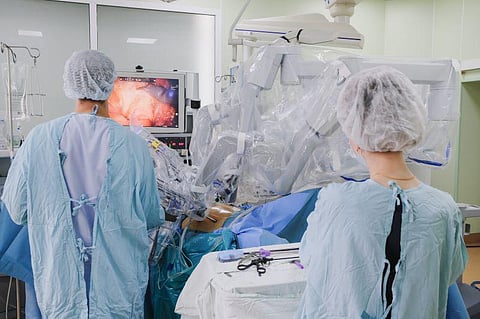FRIDAY, Feb. 11, 2022 (HealthDay News) -- For patients undergoing gastrointestinal (GI) endoscopy procedures, a physician-led Anesthesia Care Team model reduces in-room to scope-in (IRSI) time, according to a study presented at the American Society of Anesthesiologists ADVANCE 2022: The Anesthesiology Business Event, held from Jan. 28 to 30 in Dallas.
Andrew Mariotti, from the University of Colorado School of Medicine in Aurora, and colleagues examined the differences in operational outcomes of monitored anesthesia care with propofol under physician supervision (MAC) and nurse-administered sedation with fentanyl, midazolam, and diphenhydramine (NAS) after implementation of new sedation protocols in the luminal GI suite. Outcomes were compared for patients who underwent sedation and procedures with MAC protocols (Aug. 1 to Oct. 31, 2021) versus NAS protocols (Jan. 1 to June 30, 2021). Data were included for 5,641 cases.
The researchers found that for combined, upper GI, and lower GI cases, there were significant decreases in mean IRSI time of 20.3, 19.5, and 21.5 minutes per case, respectively. When using MAC protocols, the investigators observed significant decreases of 3.7 and 20.5 minutes for mean postanesthesia care unit length of stay and total case length, respectively, across all procedure types.
"The Anesthesia Care Team model allows us to optimize patient flow and utilize faster-acting medications, resulting in shorter total case lengths and reduced postanesthesia care unit length of stay," a coauthor said in a statement. "This allows for scheduling more patients in fewer rooms in the GI suite per day and increases patient access to care."
Press Release
More Information


